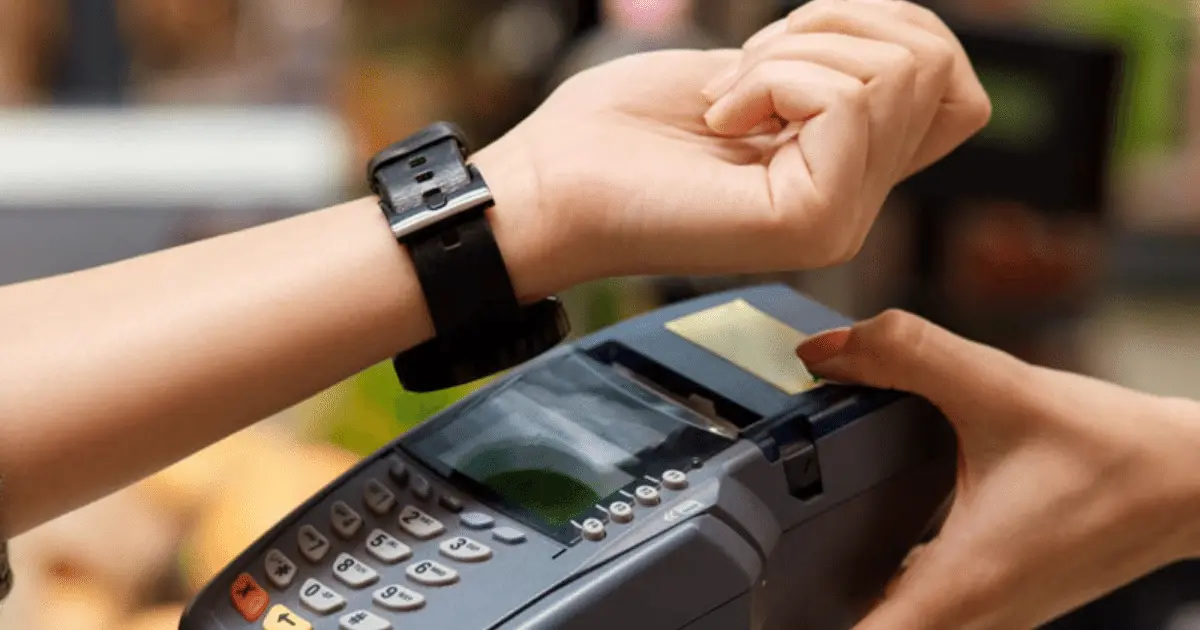Secure and Safe Use of Wearables for Payments

Wearables form an artery to delivering a seamless customer experience in Fintech. Be it authentication, payments, or building a customer profile, wearables and IoT anchor the experience to ease and efficiency for both the customer and the industry.
For the customer, wearables bring in an everyday context to their finance. The new ways of handling information and requests goes hand in hand with the changing lifestyle preferences. The time and effort that goes into facilitating their financial needs undergoes a thorough optimization. The devices provide personalized visibility for spending patterns.
The industry benefits of leveraging wearables for payments are, of course, at a massive scale. Processes get accelerated. The heavy accountability of obtaining and maintaining sensors and other data handling hardware are off the table. The biggest draw, however, comes in the form of data analytics.
What enables this level of data security? In one word, tokenization. This process of replacing data with tokens in the different systems it enters, while keeping the actual data in a safe data vault, is one of the basic design considerations in Toucan Finances.
RBI came out with a circular, citing the extension of “The scope of tokenization to include consumer devices—laptops, desktops, wearables (wristwatches, bands, etc.), Internet of Things (IoT) devices, etc.”
This has opened new avenues for all the players in the industry.
Toucan already has this functionality catered to deep in its design philosophy. In anticipation of this development, Toucan payments solution has modules that enable merchant system interaction with consumer wearables, utilizing the power of tokenization. As compared to an add-on or a customization added on top, our systems are capable of working with tokenization on wearables right from the beginning.
Wearables and IoT are the Next Mobile Phones
Current health scenario has created unique consumer behaviors, particularly in the shift to digital payments. Gartner predicts an 18% increase in worldwide spending on wearables in 2021, from the figures in 2020.
This is considering the limited mobility and hence the limited use of wearables. With consumer mobility increases as well as 5G rollout, the wearables industry is looking at huge growth. We saw Google completing the acquisition of Fitbit, a pioneer in the wearables industry.
As the wearables industry customizes and makes itself indispensable in the everyday life of its consumers, merchant payments can no longer overlook the power of wearable. Today the wearables industry has its focus on becoming accessible in every way, be it the size, prize, bulk, or usability. They are working hard to increase their user base and become mainstream. From being high end consumer products, they are leveraging technology to reach all strata of technology awareness and financial freedom.
Zooming in on a sector like insurance can give us an insight on this partnership. Consider the wealth of data and the ease of interaction when an insurance company partners with a wearable.
The international payment gateway industry can prove the right counterpart in this playout. We are placed in the right position to partner with this advancement. Be it the risk assessment, the customer behavior analytics, contactless payments, or even biometric authentications, there is limitless growth to this partnership.

